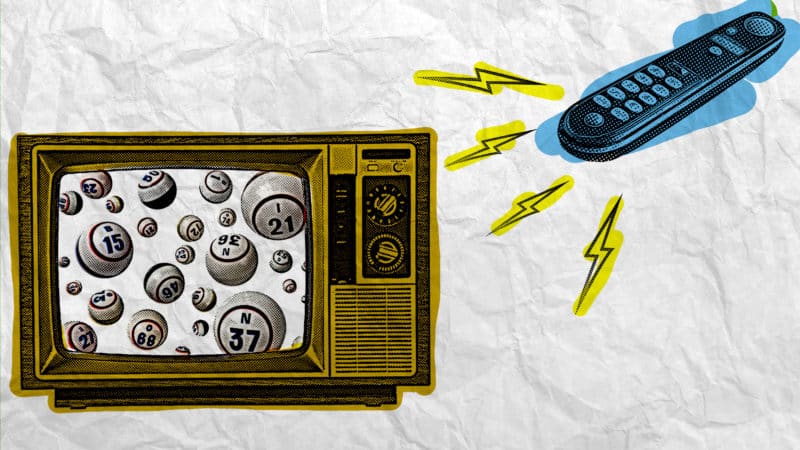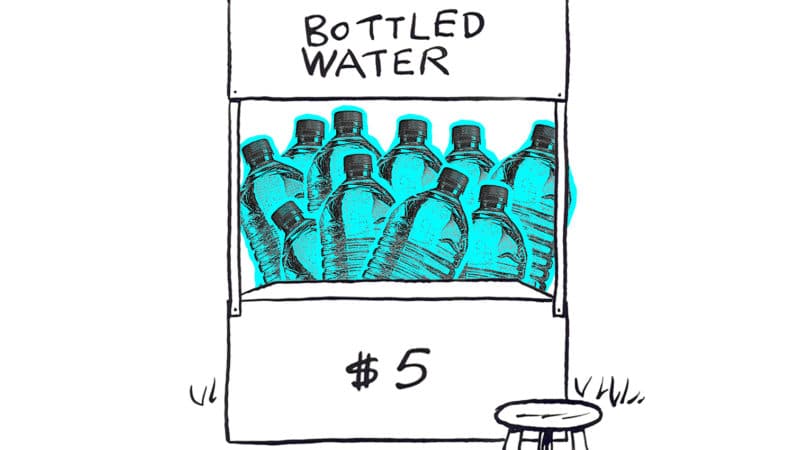Those experiencing homelessness are eligible to receive stimulus money and tax benefits
By Andrew Fraieli
Those experiencing homelessness are still able to receive their stimulus checks.
The Internal Revenue Service (IRS) published a press release on Thursday reiterating details on how Americans without a home address, and without a bank account, may still receive their current and previously unclaimed stimulus checks.
According to the agency, they will issue a check even to those who do not normally file a tax return — anyone who has a social security number and is not a claimed dependent can receive one.
To do so, a “basic 2020 tax return” must be filed with the IRS, and once processed, they will send a check to the address given. They specify that anyone experiencing homelessness “may list the address of a friend, relative or trusted service provider, such as a shelter, drop-in day center or transitional housing program, on the return filed with the IRS. People do not need a permanent address or a bank account. They don’t need to have a job.”
If someone is experiencing homelessness but also working, the IRS says they may qualify for an Earned Income Tax Credit (EITC). This is a tax break for low-income workers, but even those earning less than required to file taxes may qualify. The online EITC assistant tool can judge eligibility.
Help for filing taxes could also be available to those filing a tax return so as to receive a stimulus check, or if qualified for EITC. The IRS says the nearest location can be found here, or by calling 800-906-9887.
They continue that the 2020 tax return can be filed easiest by using IRS Free File, a tool that allows electronic filing of a tax return for free. If no banking information is provided then a check will be issued to the given address instead of any direct deposit.
Previous stimulus checks can still be claimed through the 2020 tax return as well through claiming the Recovery Rebate Credit according to the IRS — this is done within the 2020 tax return. More information about the credit can be found here.



